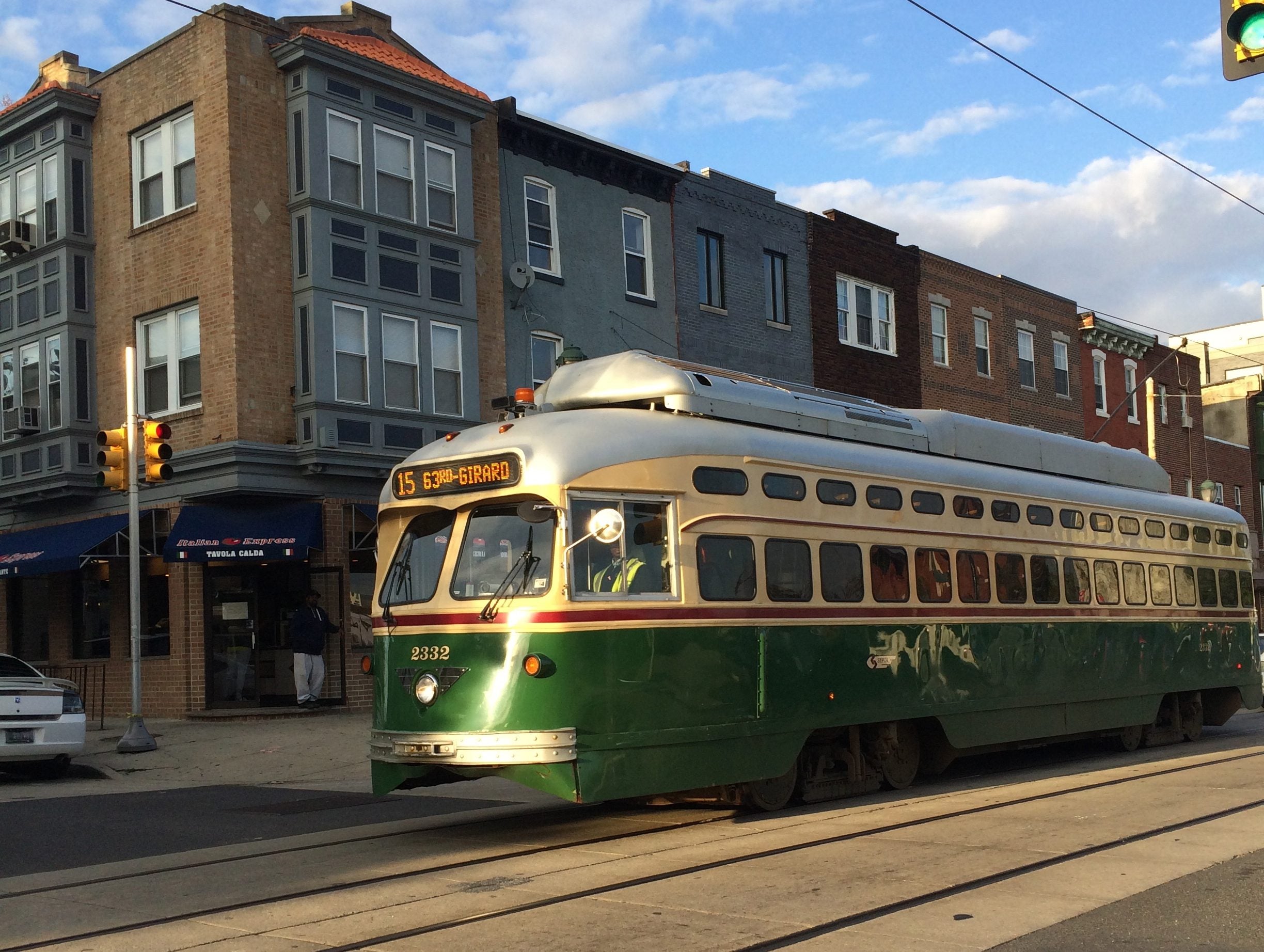DSC
Superstar
Member Bio
- Joined
- Jan 13, 2008
- Messages
- 18,614
- Reaction score
- 25,325
- Location
- St Lawrence Market Area
Perhaps they did.No but they can at least call a 58 or two.







